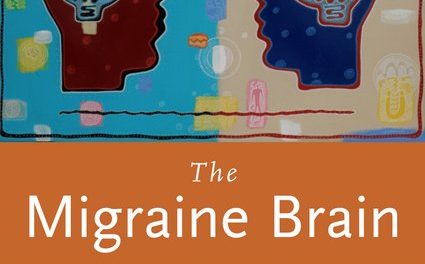Authors: Morris A. Graham, PhD, and Kevin Baize, OD
Publisher: iUniverse. 355 pages
Book Review by Ramu Nakliba
The central thesis of this book is that accomplishment is directed by action, and action is guided by thought. Therefore, how much we accomplish in life is guided by not only the quantity but also the quality of our thinking.
How well we think and visualize or imagine is all important, assert the authors. Some of us have a visual-spatial ability and we can see and think in a three-dimensional way. The first chapter of the book deals with this important mission of the book.
For example, with regards to executive thinking. How much business we do and how well we do it – by creating the largest feasible margins and quantity of profit – can both be enhanced by improving our thinking. The book’s aim is to help readers improve the quality and quantity of their thought so that they can achieve more of whatever is closest to their hearts in as short a period of time as they wish.
The authors work in the field of thinking, helping people solve problems with words to increase their “verbal height” as well as help solve problems with numbers to increase their “quantitative width.”
In addition, Graham and Baize help people solve problems to increase their “spatial depth” and gain “global insight” by helping them execute solutions to problems with decisiveness, direction and speed.
Graham heads an executive development consulting firm that helps executives increase their capacity to accomplish more. He is the author of Horizontal Revolution. Baize is a scientist with expertise in visual information processing technologies or VIPT. He heads the Hawaii Science Academy for Developing Visual-Spatial Giftedness.
This large book is organized into just six chapters.
The first one – Increasing Our Capacity to Think – is, in my view, the most important.
The authors quote Albert Einstein at the outset of this chapter: “We cannot solve problems by using the same kind of thinking we used when we created them.”
They are also optimistic of the future and quote Paul Churchland: “Today’s revolutionary advances in neuroscience will rival the discoveries of Copernicus, Galileo and Darwin.”
One of he most useful paragraphs in this chapter is the following:
“Our brains do not simply screen out and learn selectively, though they are enhanced by challenge and inhibited by threat. They are always ‘learning how to learn.’ The brain has a processor in which thoughts, experiences and emotions can be simultaneously processed in height, width, depth and space. Insightful learning should engage most of our mental machinery and consciousness and involve both focused attention and peripheral perception. When learning occurs in a way consistent with the laws that govern brain plasticity, the mental machinery of the brain can be improved so that we learn and perceive with greater insight, precision, speed, and retention.”
If you want to accomplish more in your life, learn to think better. Study the different ways your brain processes information. Learn how to learn fast and with retention, by reading this book.
Drs. Graham and Baize have done an excellent job by writing on this important and useful subject of thinking. We are not only what we think. Right now, we can make ourselves better by learning how to think, process, retain useful information, and continuously expand the capacity of our brain to think.






